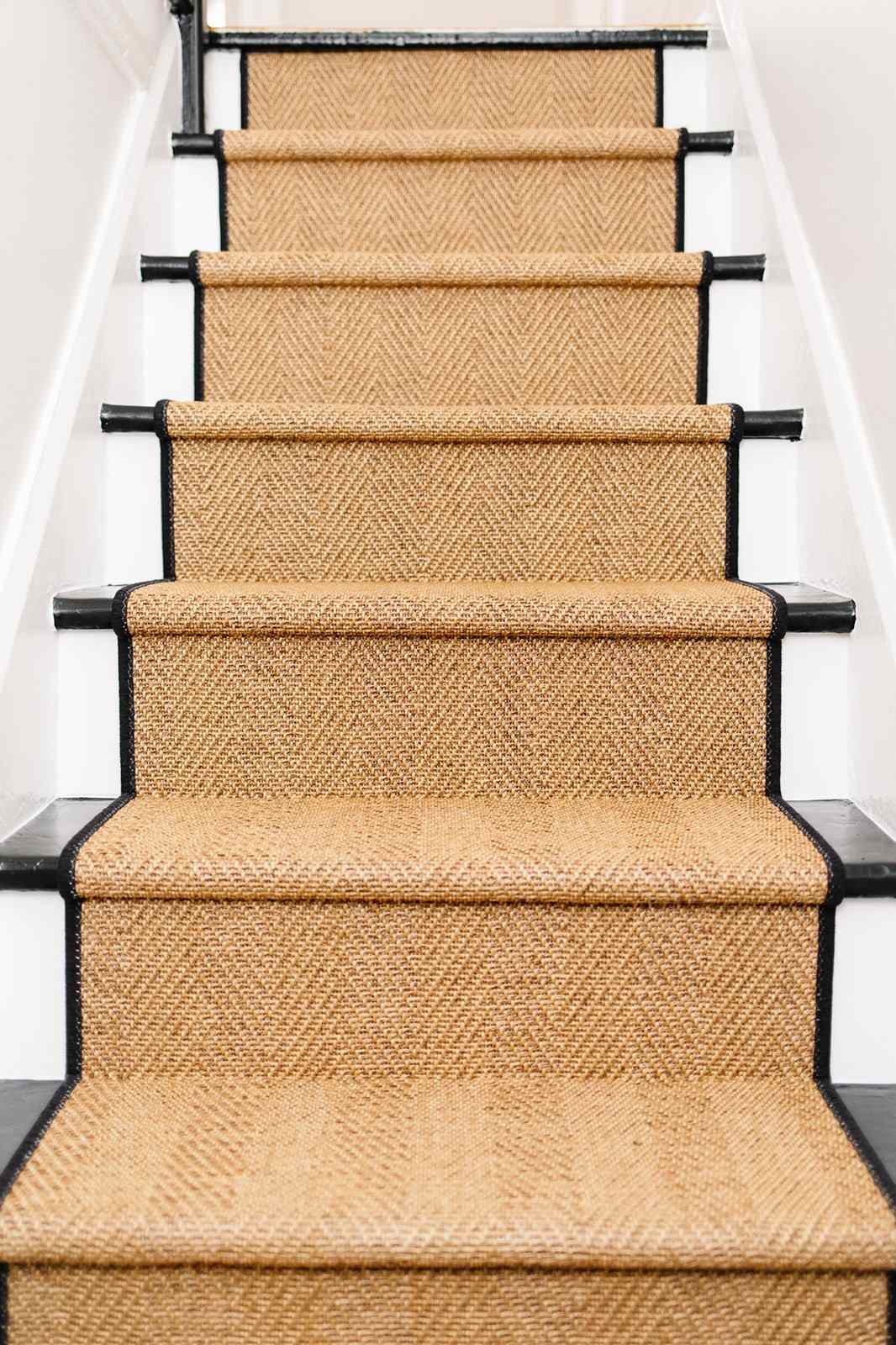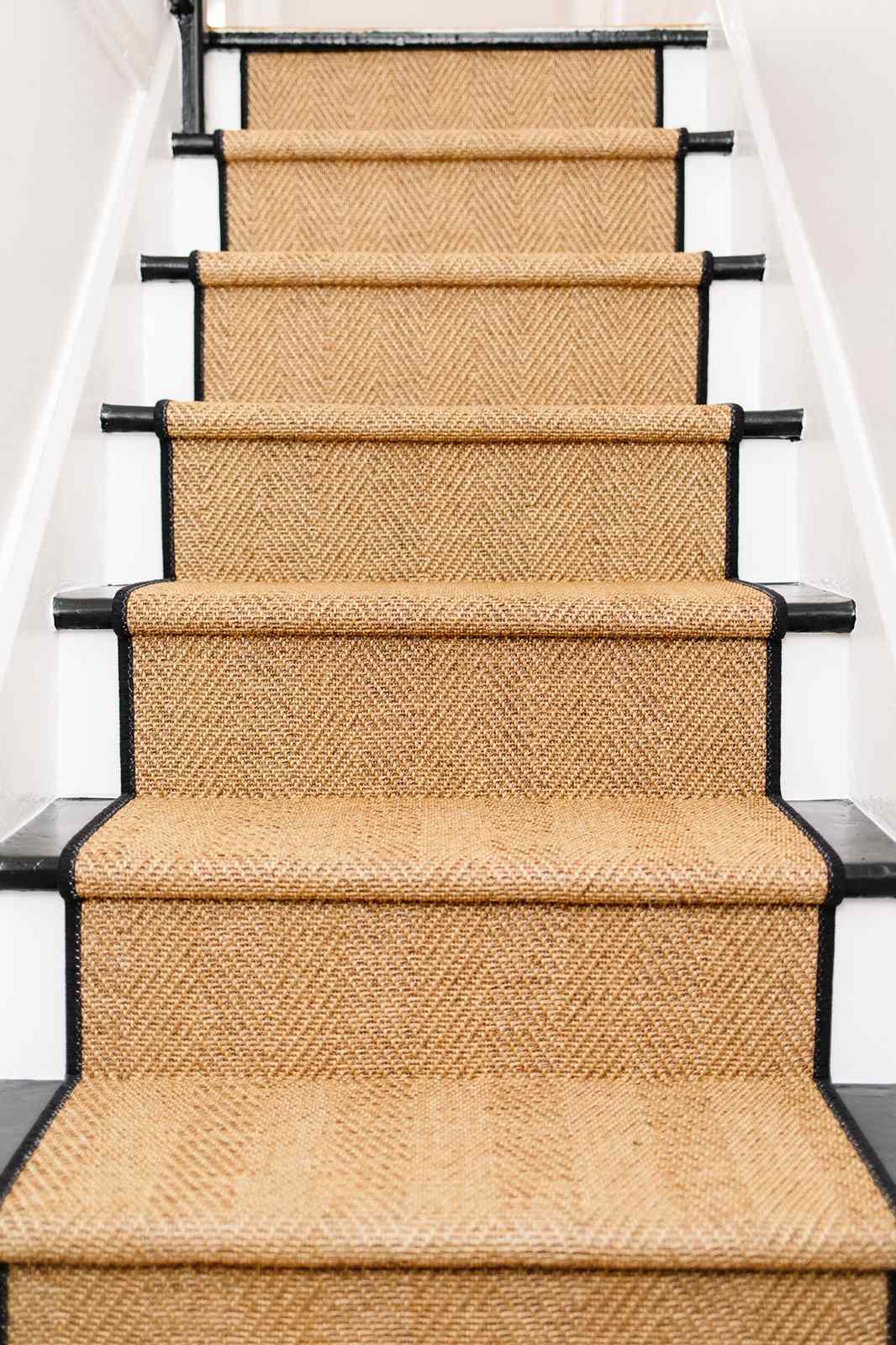Stair runners are long, narrow rugs that are used to cover stairs. Typically made of fabric or carpeting, they serve both decorative and functional purposes in homes and other buildings. Here is a closer look at what stair runners are and how they are used:
Decorative Purpose
One of the main reasons people use stair runners is for decorative purposes. They can add a pop of color, pattern, or texture to staircases to tie them into the rest of a home's décor. Stair runners come in a wide variety of designs, colors, and materials to match any style, from traditional patterns like stripes or florals to modern geometric prints. They can complement the flooring on the upper and lower levels of the stairs for a cohesive look.
In formal entryways, ornate stair runners are often used to create an elegant impression. For example, plush carpet runners can establish a luxurious aesthetic. In more casual settings like family spaces or basement stairs, fun, colorful printed runners are popular options.
Protect Stairs
While the decorative aspect of stair runners is important, they also serve some key functional purposes. One of the biggest reasons homeowners add stair runners is to protect the stairs themselves from excess wear and tear. Bare wooden stairs can easily scuff, dent, and show other signs of damage over time from regular use and foot traffic. Stair runners provide a protective buffer between people’s shoes and the stairs beneath.
Prevent Slips and Falls
In addition to protecting the stairs, quality stair runners can also protect the people using them. Bare wooden stairs, for example, can be quite slippery. Sturdy stair runners help add traction and grip underfoot, preventing slips and falls. This is especially important in homes with children or elderly residents. Additionally, stair runners provide padding should someone trip or fall going up or down the stairs. Opting for high-quality carpeting or thick padded rugs is best for safety.
Reduce Noise
Stair runners can also minimize noise from footsteps going up and down stairs, especially in rooms like kitchens that sit underneath staircases. Without stair runners, the sound from footsteps and shoes clicking against bare stairs can easily travel to rooms below. Adding stair runners helps muffle this disruptive noise pollution.
High-Traffic Areas
Staircases see a lot of high traffic daily, from kids running up and down to constant treks to haul laundry. This makes them prime candidates for runners, which can mask existing wear and better withstand the traffic. Stair runners typically hold up better to heavy use than wall-to-wall stairs carpeting. It's much easier to replace a stair runner alone every few years than re-carpet an entire staircase.
Types of Stair Runners
What are stair runners made of? Staircases come in several standard widths, with 27 inches being common. Stair runners come in various materials to fit any budget or needs:
· Carpet runners: Carpeting offers a soft, padded feel underfoot and absorbs noise. Long cut pile carpets or Berber styles are common.
· Vinyl runners: Vinyl is very affordable and durable for high traffic. Easy to clean, vinyl comes in leather, wood grain, floral or other prints.
· Rubber runners: Rubber stair treads are great for outdoor stairs or as a non-slip option. They're waterproof and durable.
· Wood runners: Wood veneer offers a classic, upscale look. More affordable options use faux wood laminates.
· Wool runners: Wool is known for its softness and ability to absorb sound. Wool runners are more expensive but luxurious.
· Patterned/printed runners: Contemporary patterned runners range from florals to geometrics. Machine washable options are great for kids' spaces.
Installation Tips
Installing a stair runner is an easy DIY project for most homeowners. Runners typically come with a backing that allows them to stay firmly in place on the stairs without sliding. Many are self-sticking or use Velcro-type tabs. Proper measurement of depth, width, and length is key for achieving a custom fit.
Allow several inches extra at the bottom to accommodate tucking the edges beneath the bottom stair. When installing, start at the bottom and unroll upward, smoothing out any bubbles or wrinkles along the way. For carpet runners, some additional tack strips at the edges may help secure them. With proper size and placement, stair runners can stay safely in position for years.
For especially heavy-use areas, professional installation may help ensure longevity. Professionals have tools to tightly stretch runners during glue-down or tack-based installation and techniques to seam patterns. Overall, stair runners offer an easy, stylish way to update stairs while protecting them at the same time. From modern contemporary spaces to traditional entryways, stair runners have versatile design appeal.




